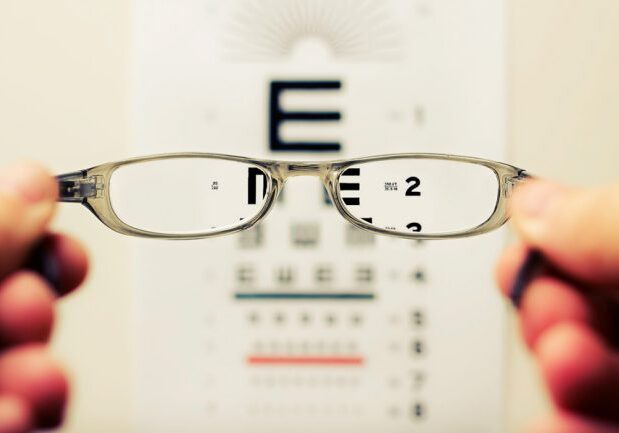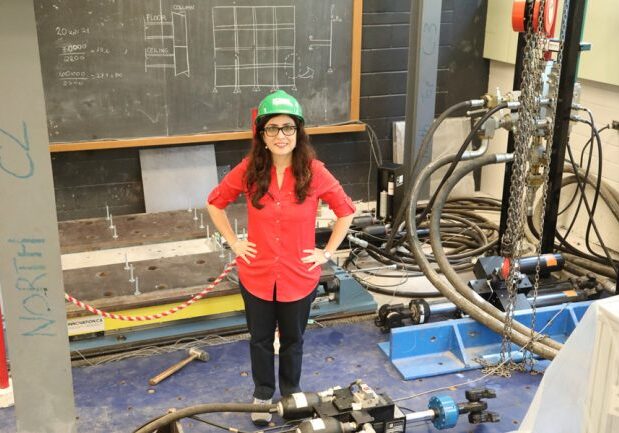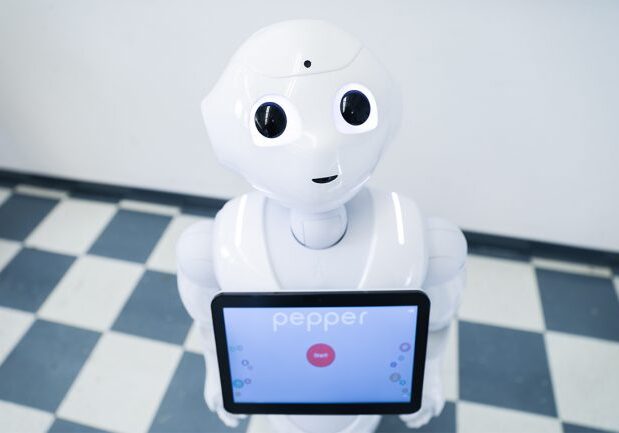
U of T Engineering researchers, innovators to pitch ideas for Ontario’s growth at annual economic summit
Professors Goldie Nejat, Hani Naguib and alumnus Allen Lau will pitch their ideas at the Ontario Economic Summit

This U of T startup aims to make the world more navigable for pedestrians
iMerciv, co-founded by a U of T Engineering alumnus, is building a navigation app that focuses on the needs of people who travel on foot, especially those with low vision

U of T Engineering entrepreneur creates his own job post-graduation: Delivering clean, affordable energy to Nigeria
Olubanjo is set to graduate with a job that he created: CEO of Reeddi, the startup he founded and incubated at the Entrepreneurship Hatchery to bring clean and affordable electricity to energy-starved communities in Nigeria and beyond

National air pollution report calls out rush-hour traffic, diesel truck emissions as major areas of concern
U of T Engineering study of near-road air pollution in Toronto and Vancouver raises questions about health risks to one-third of Canadians living near a major roadway
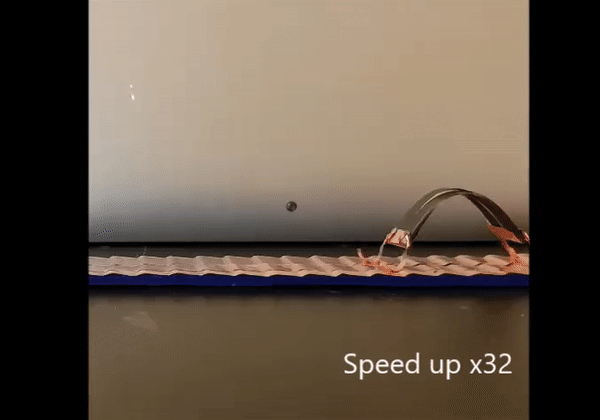
Soft robot programmed to move like an inchworm
U of T Engineering Professor Hani Naguib’s team takes inspiration from nature to design tiny flexible robots outfitted with smart materials
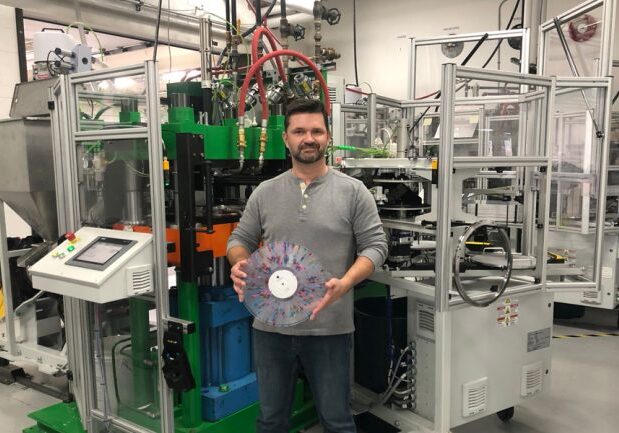
This U of T Engineering grad is leading the ‘vinyl renaissance’
Rob Brown (MechE 0T0) is the chief operating officer of Viryl Technologies, an Etobicoke-based company that makes vinyl record pressing machines
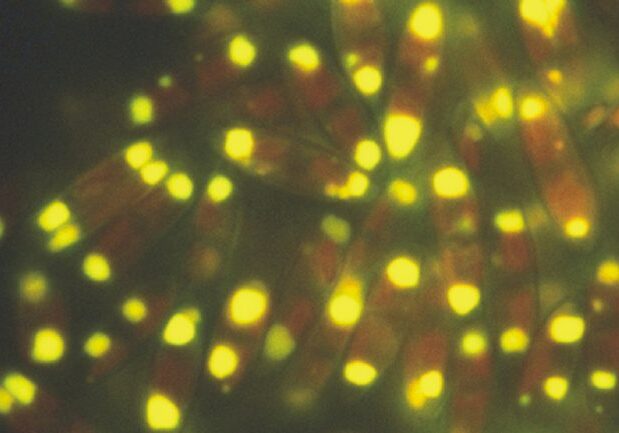
Food for thought: Climate change could impact omega-3 levels worldwide
Computer simulations suggests that warming ocean temperatures could limit the ability of algae to produce a key nutrient

